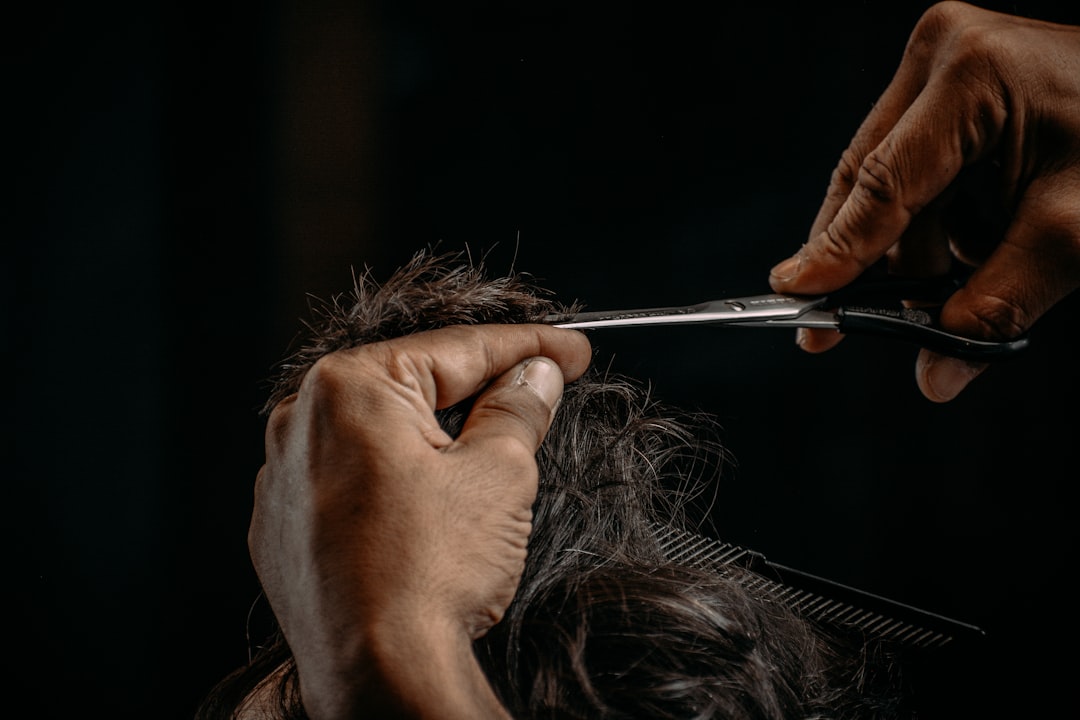Troubleshooting After Sharpening
Diagnose issues that appear after sharpening so you can request corrections or adjust tension safely.

Troubleshooting matrix
| Symptom | Likely cause | Immediate action | Escalation |
|---|---|---|---|
| Hair folding | Tension too loose or edge too blunt | Increase tension 1–2 clicks; test again | Contact sharpener if folding persists |
| Crunchy sound | Residue left in pivot or burrs on edge | Clean, oil, and run a dozen open/close cycles | Request re-honing if noise continues |
| Tip misalignment | Dropped shear or improper tip finishing | Gently realign if trained, otherwise stop using | Sharpener must reset tips |
| Blade separation | Washer missing or tension washer damaged | Inspect washer, replace if worn | Sharpener to replace hardware |
| Drag on slide cuts | Incorrect angle for convex edge | Communicate desired angle; request redo | Find a convex specialist |
Documentation protocol
- Film a short clip showing the issue within 24 hours of receiving the shears.
- Include audio when capturing crunching or clicking sounds.
- Email the sharpener with video, service date, and a concise description of tests performed.
Tension adjustments checklist
- Start at the returned tension setting.
- Turn dial one click/tiny screw increment at a time.
- Test on damp and dry hair.
- Stop if resistance increases significantly—over-tightening damages washers.
When to involve the manufacturer
- If the shear is under warranty and the sharpening partner is brand-certified, contact the brand with documentation.
- For premium steels, some manufacturers prefer factory service for re-honing or re-alignment.
Protecting your schedule
Always keep a backup shear ready while you wait for corrections. Factor potential rework time into your Sharpening Blueprint.
Preventing repeat issues
- Rotate sharpeners annually to benchmark quality.
- Keep detailed maintenance logs (date, issues, resolution).
- Share feedback with your stylist team to prevent common mistakes.

